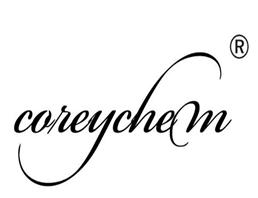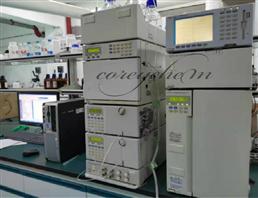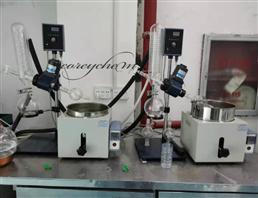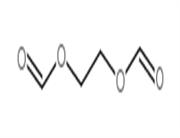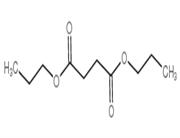Product Name: DIISOBUTYLENE
Synonyms: 2,4,4-trimethyl-penten;diisobutylene,isomericcompounds;DI-ISO-BUTYLENE MIXTURE OF 2 4 4-TRIMET&;Pentene, 2,4,4-trimethyl-;2,4,4-trimethyl-1-pentene + 2,4,4-trimethyl-2-pentene;DIISOBUTYLENE(MIXTURE OF ISOMERS);Diisobutylene (mixture of isomers) (stabilized with BHT);(Mixture of isoMers) (stabilized with BHT)
CAS: 25167-70-8
MF: C8H16
MW: 112.21264
EINECS: 246-690-9
Product Categories: Technical Grade;Acyclic;Alkenes;Building Blocks;Chemical Synthesis;Essential Chemicals;Inorganic Salts;Organic Building Blocks;Research Essentials;Solutions and Reagents
Mol File: 25167-70-8.mol
DIISOBUTYLENE Structure
DIISOBUTYLENE Chemical Properties
Melting point -106°C(lit.)
Boiling point 101-103 °C(lit.)
density 0.716 g/mL at 20 °C(lit.)
refractive index n20/D 1.411
Fp 2 °C
BRN 1098309
InChIKey ZZBYUJLKFQXHHJ-UHFFFAOYSA-N
EPA Substance Registry System 2,4,4-Trimethylpentene (25167-70-8)
Safety Information
Hazard Codes F,N,Xn
Risk Statements 11-51/53-65-36/37/38-51/53/65-10
Safety Statements 9-16-29-33-61-62-26-35/36-3/9/49
RIDADR UN 2050 3/PG 2
WGK Germany 2
HazardClass 3.1
PackingGroup II
HS Code 29012990
MSDS Information
DIISOBUTYLENE Usage And Synthesis
Chemical Properties Colorless liquid
General Description A clear colorless liquid with a petroleum-like odor. Flash point 10°F. Less dense than water and insoluble in water. Vapors heavier than air. Used in the manufacture of other chemicals.
Air & Water Reactions Highly flammable. Insoluble in water.
Reactivity Profile DIISOBUTYLENE may react vigorously with strong oxidizing agents. May react exothermically with reducing agents to release hydrogen gas.
Health Hazard Low general toxicity; may act as simple asphyxiant in high vapor concentrations.

 China
China



